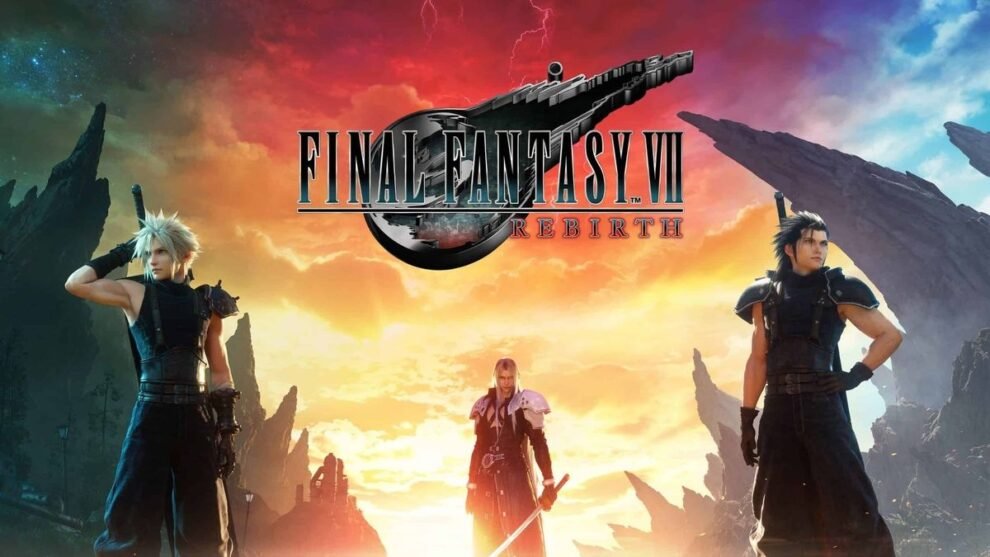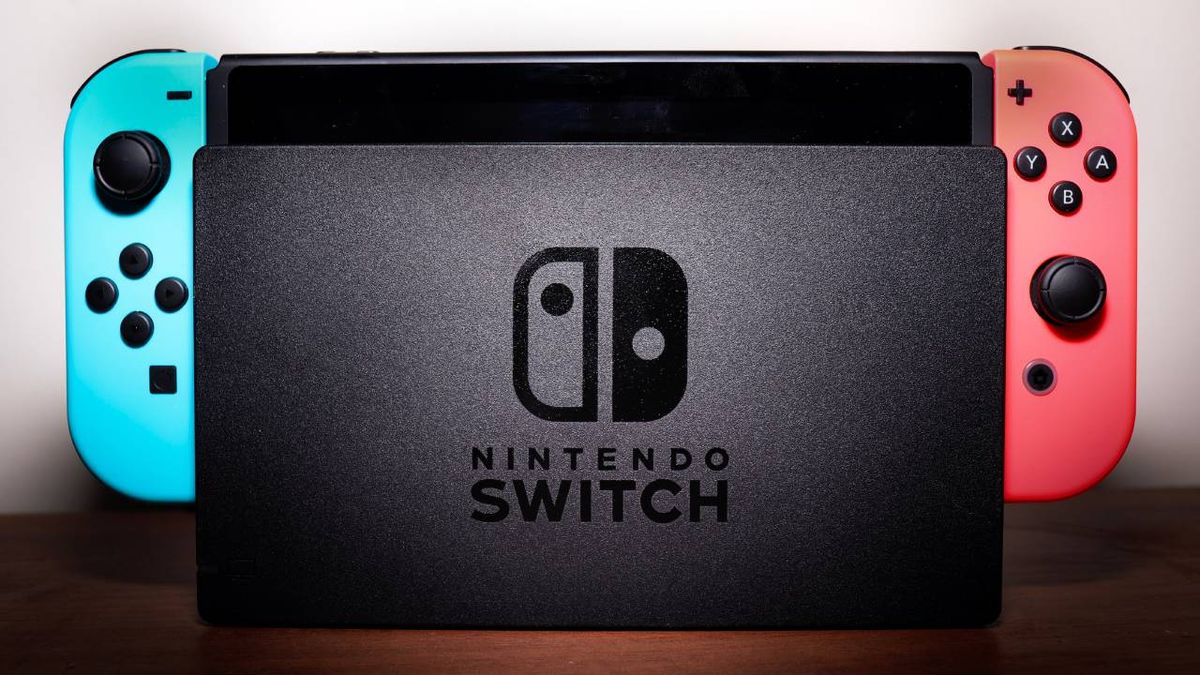In recent years, the video game industry has faced significant challenges, exemplified by the development of massive projects like “Final Fantasy 7 Rebirth” and the troubling news of layoffs at Sony. These events underscore a broader issue within the industry: the sustainability of creating large-scale, high-budget games.
Key Highlights:
- “Final Fantasy 7 Rebirth” is part of a trilogy that aims to remake the classic 1997 game with current technology.
- The development process for such games is lengthy and resource-intensive, raising questions about efficiency and sustainability.
- Recent layoffs at Sony have sparked discussions about the viability of the traditional AAA game development model.
The Challenge of Blockbuster Games
Massive Undertakings and Technological Demands:
“Final Fantasy 7 Rebirth,” developed by Square Enix, is an ambitious project that seeks to reimagine the original game with modern technology. This endeavor is not only a tribute to the classic but also a massive undertaking requiring significant resources, including time, talent, and financial investment. The game’s development highlights the industry’s push towards creating visually stunning, deeply engaging experiences that demand the latest hardware capabilities. However, this approach also introduces challenges related to development time, costs, and the pressure to meet high expectations from both fans and stakeholders.
Development Dynamics and Team Continuity:
One factor contributing to the smoother development process of “Final Fantasy 7 Rebirth” has been the continuity of the team from its predecessor, “Final Fantasy 7 Remake.” Keeping the core team together has facilitated a more efficient development cycle, as shared knowledge and experience can streamline various aspects of the project. This continuity is essential in managing the complexities involved in developing large-scale games that aim to push the boundaries of storytelling and gameplay.
Sony Layoffs: A Symptom of a Larger Issue
The recent layoffs at Sony have brought to light the vulnerabilities within the traditional AAA game development model. As companies strive to produce blockbuster titles with ever-increasing production values, the financial and operational risks also grow. These layoffs could be indicative of a need for the industry to reassess how it approaches game development, considering both the economic sustainability of such large projects and the well-being of the creative talents behind them.
The Path Forward: Innovation and Adaptation
The development of “Final Fantasy 7 Rebirth” and the situation at Sony highlight a critical juncture for the video game industry. As technological advancements enable more complex and immersive gaming experiences, developers and publishers must also navigate the financial and logistical challenges that accompany these projects. The industry may need to explore new models of development and distribution, such as episodic releases or leveraging emerging technologies like cloud gaming, to mitigate risks and ensure the sustainability of game development at this scale.
While the ambition behind projects like “Final Fantasy 7 Rebirth” is commendable, the broader implications of such massive undertakings cannot be ignored. The recent Sony layoffs serve as a reminder of the precarious balance between creative ambition and financial viability. As the industry continues to evolve, finding sustainable ways to develop and deliver the blockbuster experiences that players crave will be paramount. The future of game development may hinge on the industry’s ability to innovate not just in the games it creates but also in how it navigates the economic and logistical challenges of bringing those games to life.









